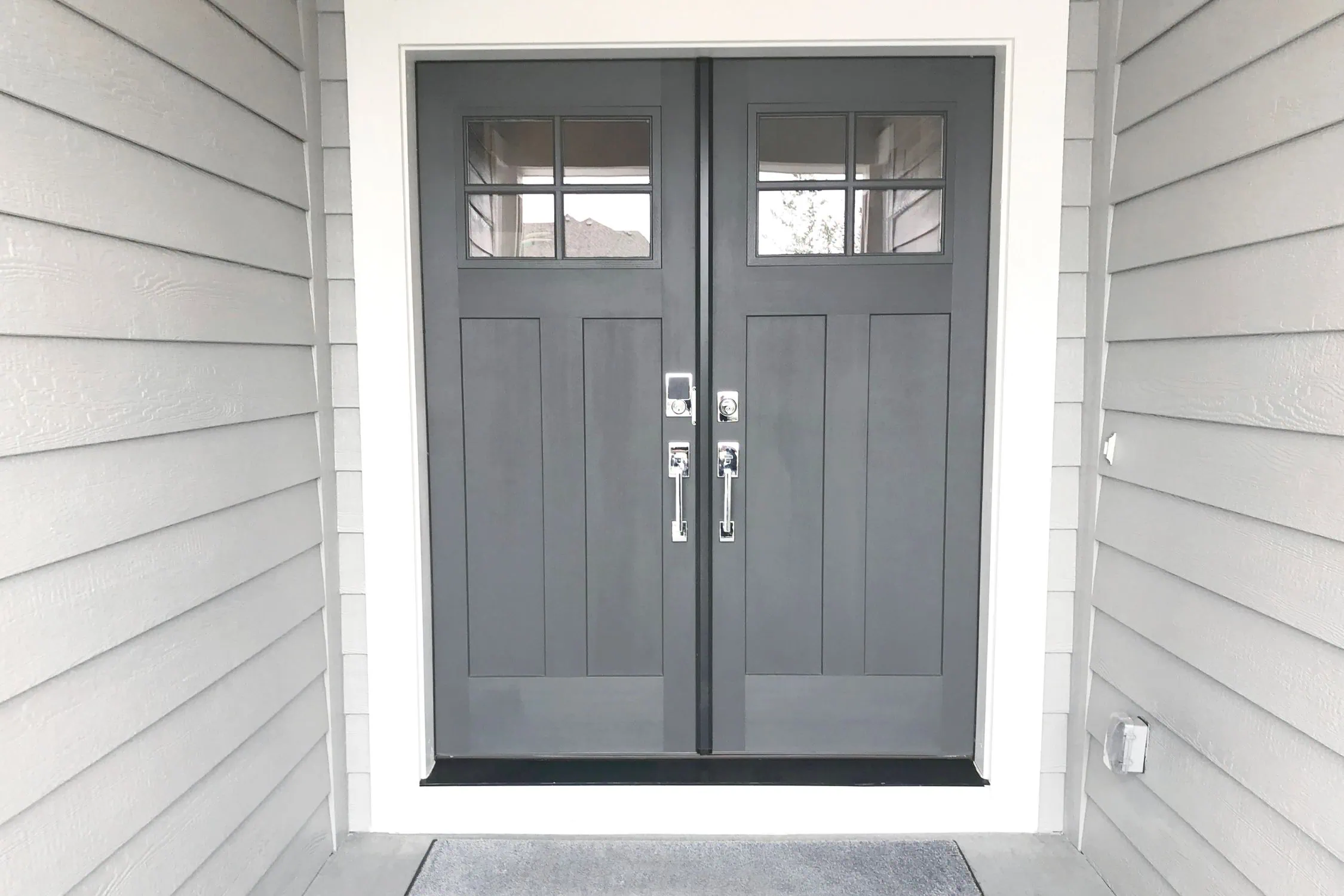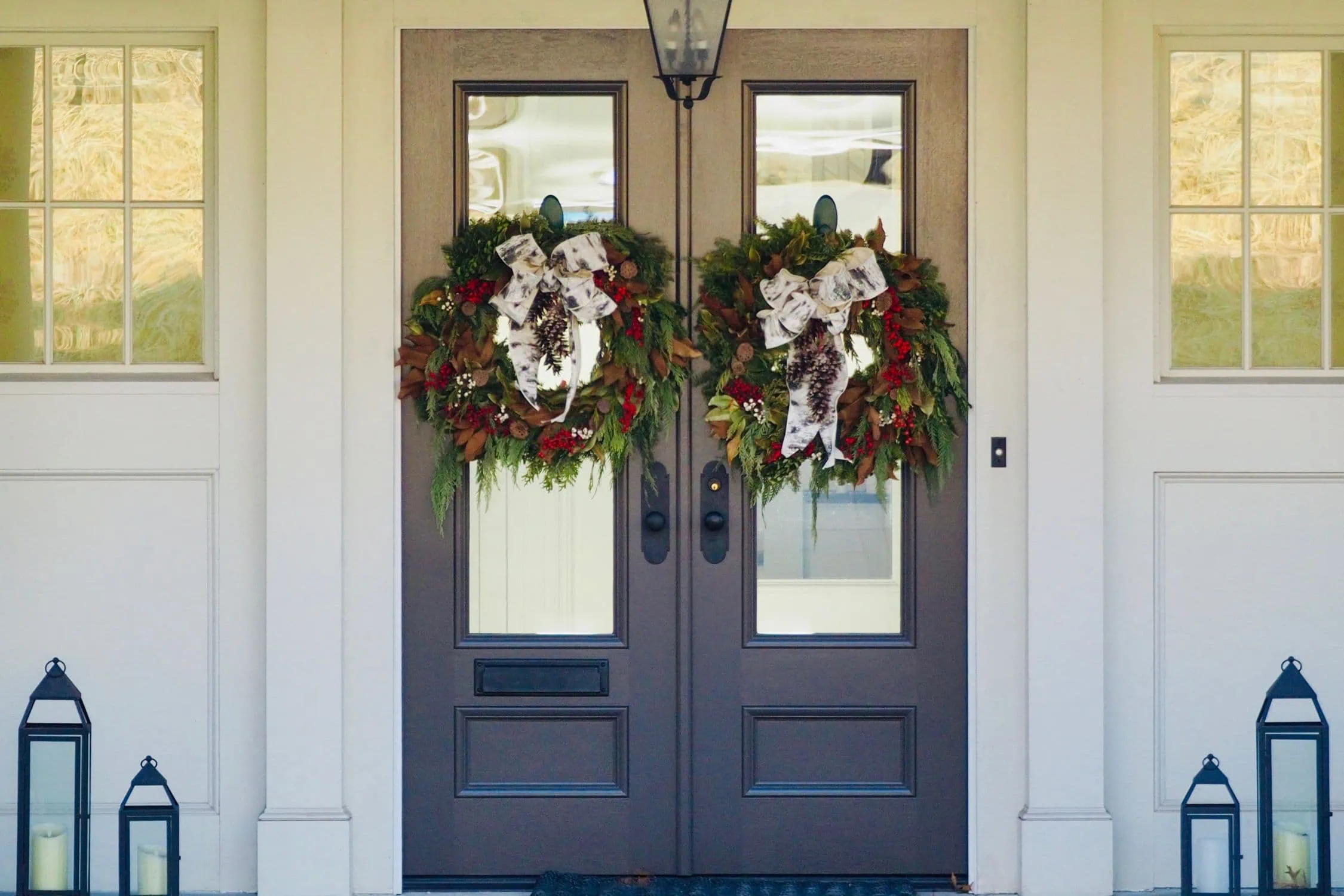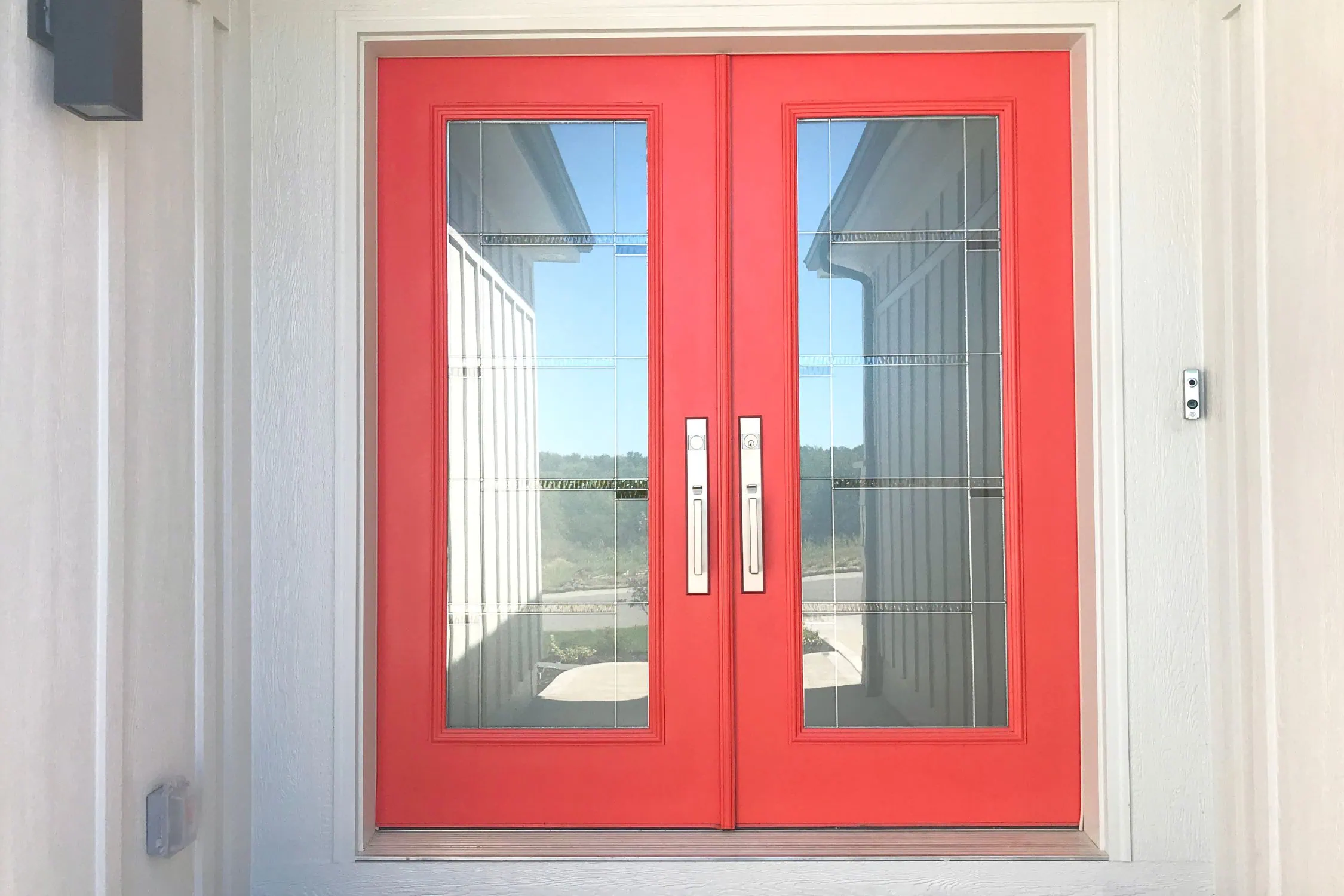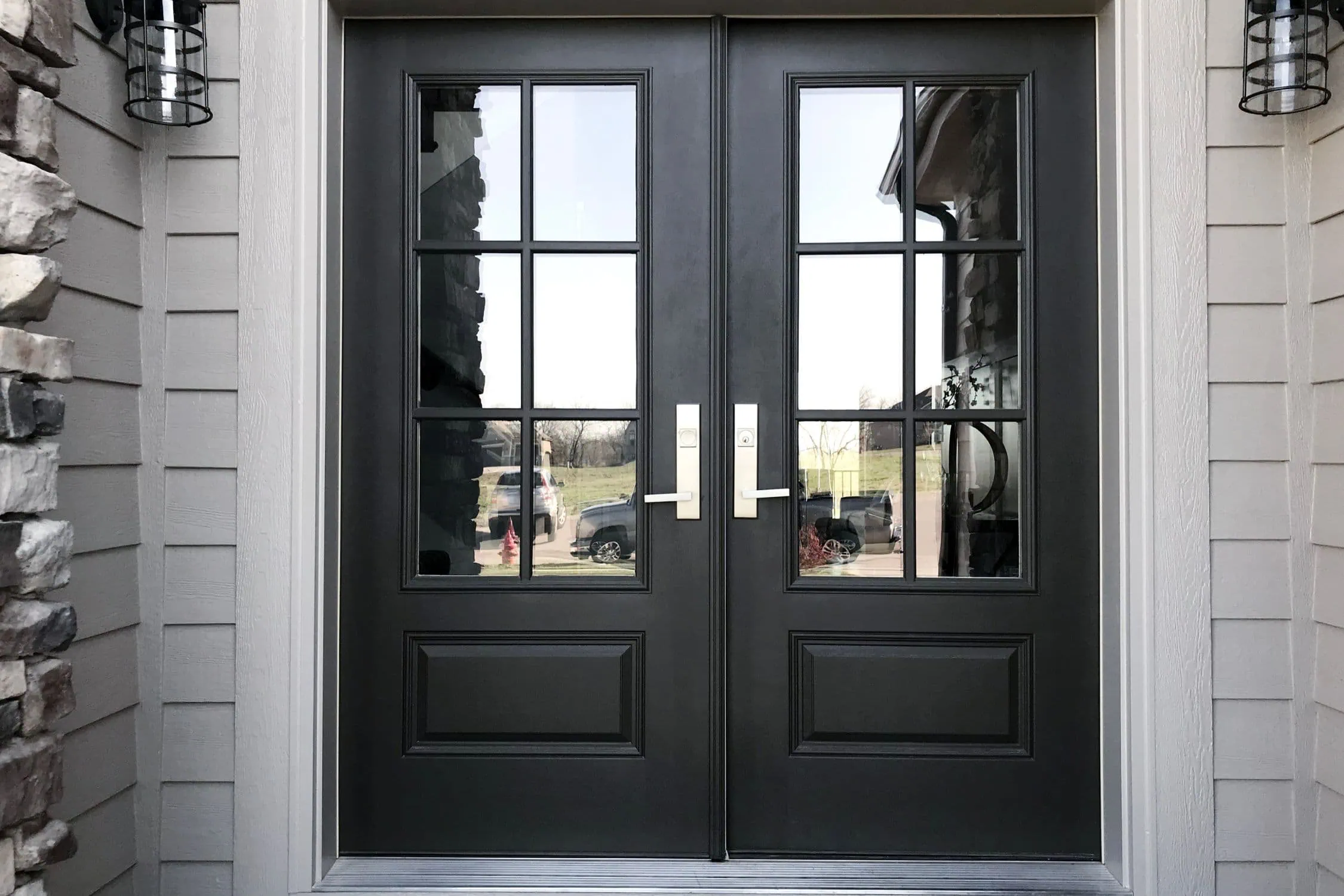I’ve installed my fair share of doors over the past two decades — sliding, hinged, oversized, custom-cut. You name it. But this comparison comes up a lot with clients: sliding door vs double door, especially in renovations where space, access, or style are all on the table.
It’s not a one-size-fits-all answer. Sometimes a slider wins by a mile. Other times, nothing beats the presence of a classic double swing. Let’s break it down properly — with real-world pros, cons, and things people overlook.
Key Takeaways
- Sliding doors are space-saving — ideal where swing clearance is limited.
- Double doors offer traditional charm — and better symmetry for front entries.
- Sliding systems often suit patios and decks, especially in modern builds.
- Double doors give better insulation and weather-sealing options if properly installed.
- Security varies: Double doors can be more secure, but sliding systems can be upgraded.
- Choose based on your lifestyle — furniture moves, party flow, kids, pets, and your climate all factor in.
What Is a Sliding Door System?
Sliding doors aren’t just for patios. Modern sliding systems range from slim-framed glass panels to heavy-duty aluminum and timber. One panel stays fixed; the other slides along a track. Some even pocket into the wall or stack up accordion-style (though technically those are stacking or bifold systems).
They’re loved for how clean they look — and how little space they take up. Instead of swinging out or in, they glide sideways. That’s why you’ll see them in:
- Compact backyards
- Balconies and decks
- Ultra-modern builds with lots of glass
But they’re not just a space-saver. A good sliding door system, properly sealed and installed, can be surprisingly secure and thermally efficient — though they do require more cleaning and track maintenance.
If you're still not sure what actually qualifies as a "double door", check out our complete guide on what a double door is — it clears up a lot of confusion.
How Sliding Doors Differ from Traditional Double Doors
Let’s get the basics out of the way:
- Double doors swing open. Usually one active door, one passive. They meet in the middle.
- Sliding doors move laterally. One panel glides behind or in front of the other.
But here’s what matters more:
|
Feature |
Double Doors |
Sliding Doors |
|
Clearance |
Needs space to swing |
No swing space needed |
|
Opening width |
Can open fully (both panels) |
Only one panel opens |
|
Operation |
Push/pull with hinges |
Glide on tracks |
|
Sealing |
Better when closed tight |
Can be draft-prone if poorly installed |
|
Locking |
Multi-point or deadbolt |
Usually hook or latch systems |
|
Design style |
Classic, symmetrical |
Sleek, minimal |
Double doors tend to suit traditional or statement entrances. Sliding doors blend better into contemporary or minimalist homes. And yes — one lets in more air and traffic than the other. But the trade-offs are real.
Still unsure if a traditional double door is your best fit? Read our double door vs single door guide for more insights.

Sliding Door vs Double Door: Pros and Cons
Let’s be honest about what each style does well — and what might frustrate you.
| |
Double Doors |
Sliding Doors |
|
Pros |
- Wide, fully open access (great for moving furniture)
- Visually impressive for front entries
- Easier to repair/replace individual parts
- More traditional curb appeal |
- Saves space — great for small patios
- Smooth operation, even in wind-prone areas
- Cleaner, modern look
- Easier to automate (e.g. smart sliders) |
|
Cons |
- Takes up floor space inside/outside
- Needs tight install for good seal
- More hardware, more upkeep |
- Only half opens unless custom pocket system
- Needs regular track maintenance
- Locks can be less robust unless upgraded |
Best Situations for Each Door Type
Here’s where real-life context kicks in. I always ask my clients three things:
- How much clearance do you have? A porch, a hallway, furniture placement — it all matters.
- What’s the flow of people and objects? Are you moving prams, wheelchairs, BBQ trays, or couches?
- What’s the architectural language? Don’t fight your facade. Let the door match the style.
Use this as a cheat sheet:
|
Scenario |
Best Pick |
|
Narrow deck or balcony |
Sliding Door |
|
Formal front entry |
Double Door |
|
Want natural light + minimal frame |
Sliding Door |
|
Need max ventilation + full opening |
Double Door |
|
Ultra-modern or coastal style |
Sliding Door |
|
Traditional or symmetrical facade |
Double Door |
Sliding Door vs Double Door: Your Space, Your Style
There’s no universal winner here. It comes down to what your space allows — and what your lifestyle demands.
If you’re working with a tight exterior, value sleek lines, or just hate dealing with door swing, go sliding.
If you want an entry that feels generous, grounded, and gives you full control of access, double doors still hold their place.
Not sure what fits your home or budget? Snap a photo of your opening and send it through — I’ll give you my honest take, no pressure.














